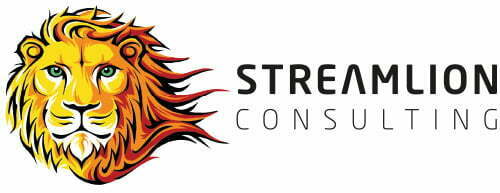When it comes to success in business, there’s a chapter people rarely consider. The art of the exit strategy is the part of the business journey which stands entrepreneurs apart from the crowd.
Some would argue that you’ve only been successful if you’ve exited with a return on your investment, ready to move on to the next bigger and better opportunity.
This is the third and final blog in my three-part series about how to Aim Big, Think Big and Act Big. These are the three essential steps to guaranteed business growth that I spoke about in my first blog of the series.
So, how do we Act Big? I’d like to take you back to my little dog, Baxter, and his very big stick. I guess Baxter has the luxury of not needing to worry about where his big stick journey goes. To me, there’s a clear failure coming, when he realises that half a tree isn’t the best thing to decide to carry on a long walk. But, he’s living in the moment, and very happy to do so.
When it comes to business, we can’t afford to set ourselves up for failure. Which is why, oddly, one of the first questions I ask a business founder is “What happens at the end?” I’m not for a minute suggesting their business won’t continue, very successfully, for many years. But I am suggesting that they might not always be a part of it.
Unlocking the door
There are lots of choices when it comes to an exit strategy, the four most common are:
- Management Buy Out (MBO) – when an executive team combines resources to acquire some or all of the business they manage;
- Outside Sale – a straight sale to new owners;
- Merger & Acquisition (M&A) – either merging with a similarly sized company or being bought by a larger one;
- Initial Public Offering (IPO) – essentially floating on the stock market and raising capital from external investors, not as popular as it once was, following the bursting of the dot-com bubble;
There’s no ‘best’ option as the right strategy will be the one which fits your business and personal goals. It’s this framing and planning stage which should come at the start of the business journey to enable you to structure your business for ultimate success in the exit strategy you choose.
Determining the right balance between personal and business goals as well as honouring any investments needs careful planning. The key point of the strategy is to optimise the value of the business so planning from an early stage provides maximum flexibility and opportunity.
By acknowledging and actioning the need for an exit strategy, not only are we fulfilling the need to Act Big, we are giving ourselves the opportunity to grow yet more in the future as we have the chance to move on to greater challenges or more business opportunities.


